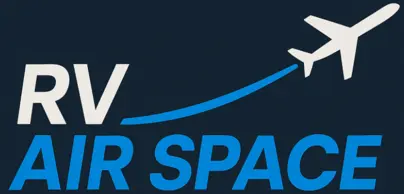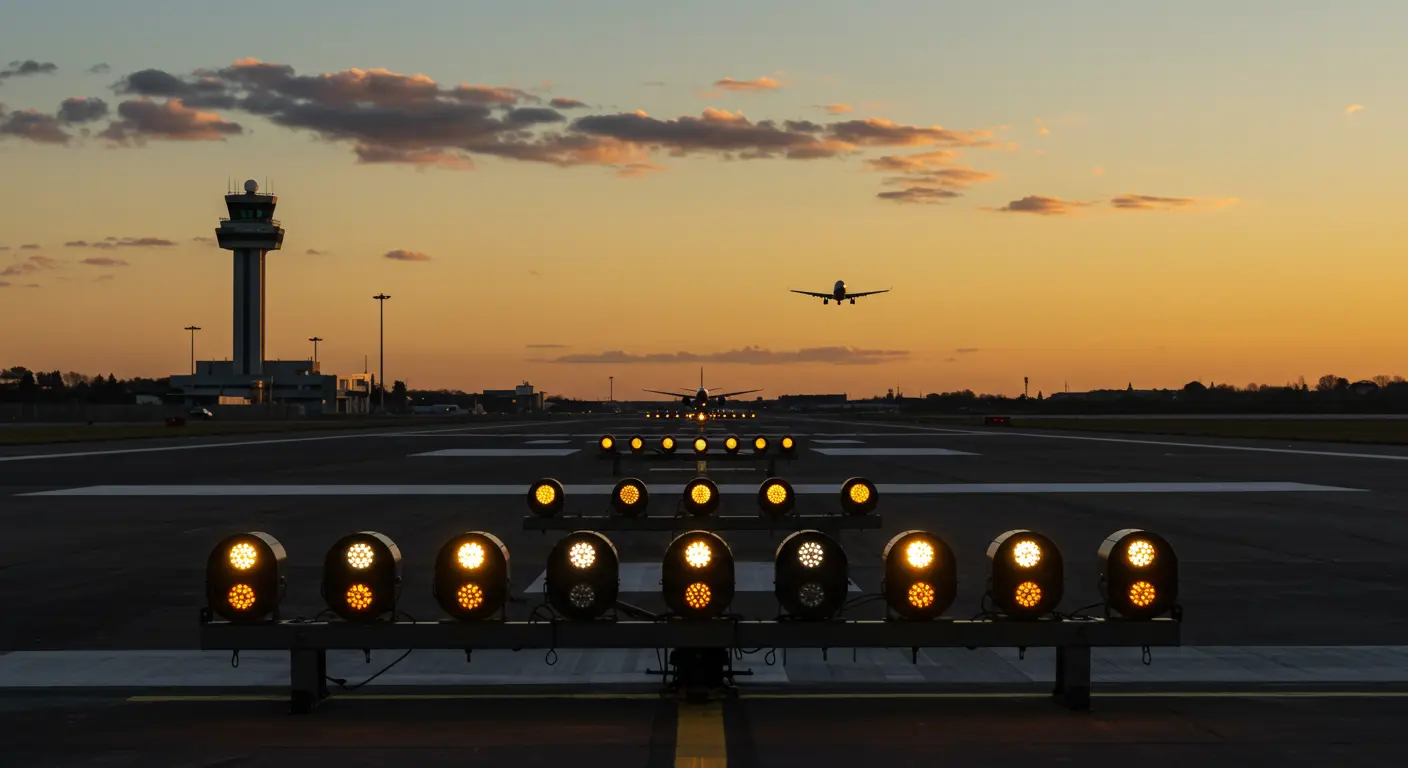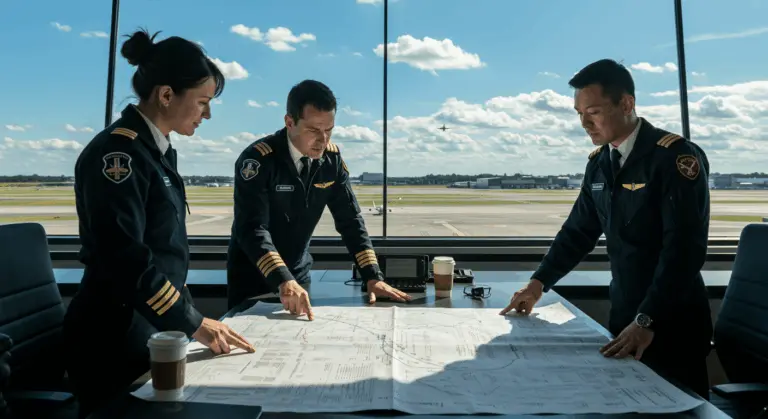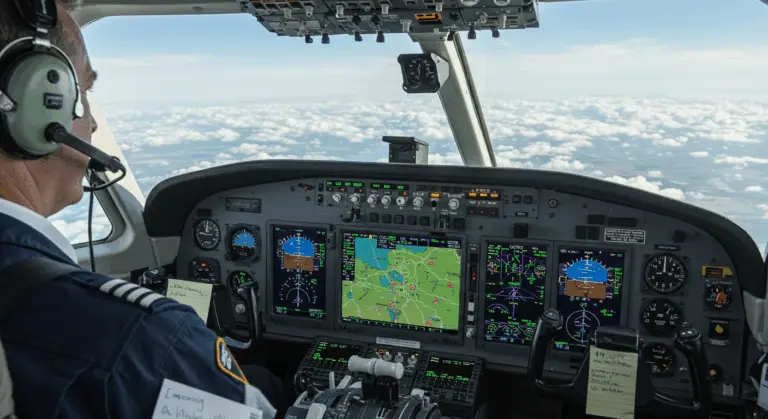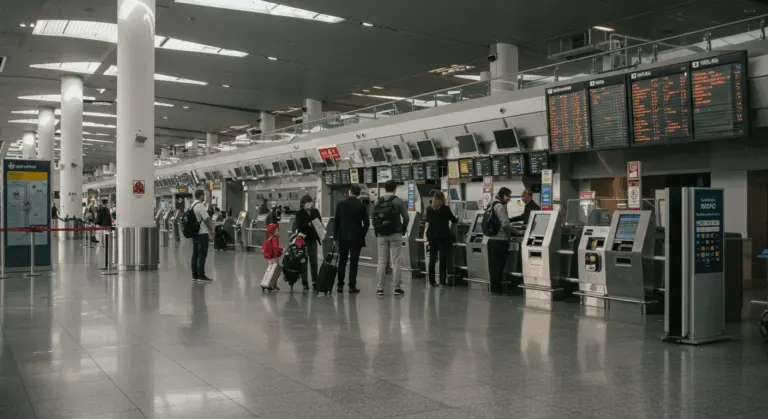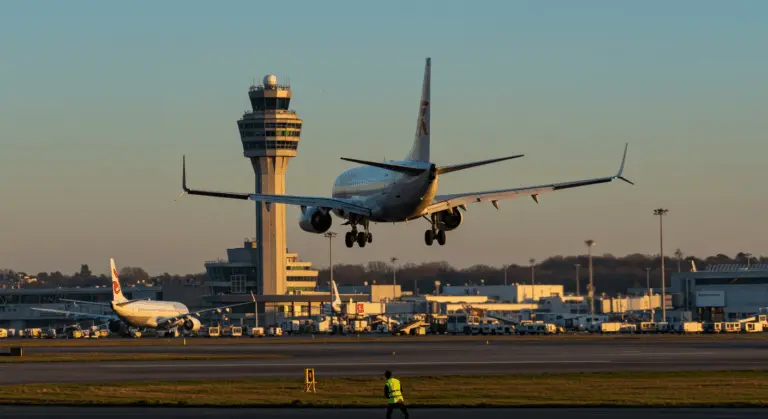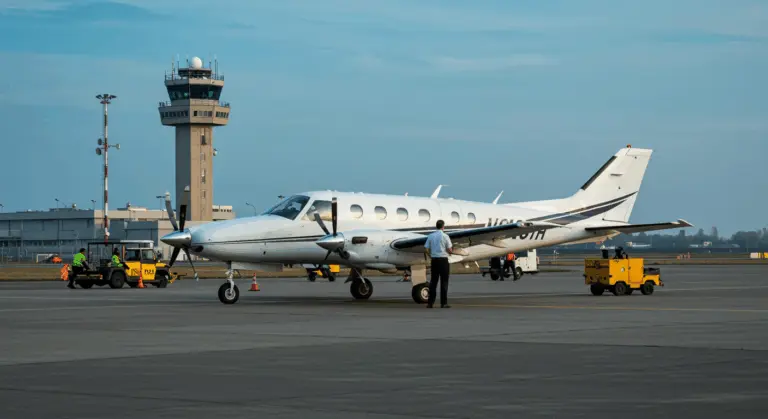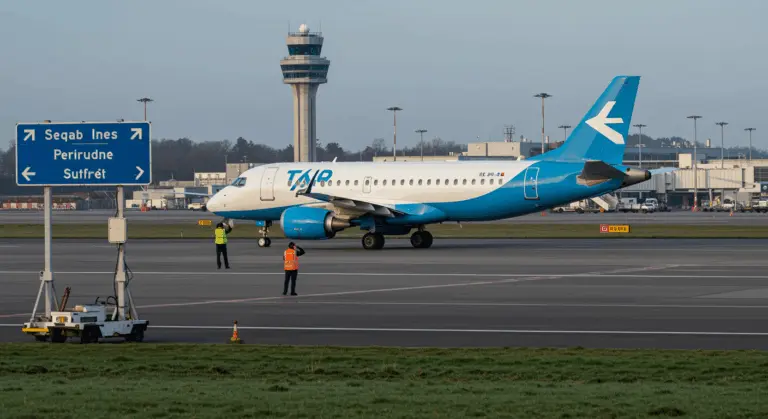Understanding RAIL Lights in Aviation – A Comprehensive Guide
What are RAIL Lights in Aviation?
Runway Alignment Indicator Lights (RAIL) represent specialized lighting systems that guide pilots through the critical approach phase. These sequenced flashing lights create a visual pathway, helping pilots align their aircraft with the runway centerline—particularly crucial when visibility deteriorates. Rails differ from other approach lighting systems in Their unique placement and operational characteristics.
Rails distinguish themselves through strategic positioning and precise termination points. Extending beyond standard centerline lights at 200-foot intervals, they halt where steady approach lighting begins. This prevents them from extending past the Decision Bar—a design choice that avoids pilot distraction during the crucial transition from instrument to visual flight.
Aviation terminology around these systems often confuses pilots. When sequenced flashing lights accompany centerline lights, they’re simply called “sequenced flashing lights.” However, when they extend beyond the centerline system, they earn the RAIL designation. Despite these different names, the lights function identically—providing rhythmic visual cues that draw the eye toward the runway.
RAIL is distinct from other systems in standardized aviation terminology, each serving a unique purpose:
-
RCM: Runway Centerline Marking
-
RCS: Runway Centerline Light System
-
REAL: Runway End Identification Lights
Types of Aviation Lighting Systems
Aviation lighting forms a comprehensive network of visual aids, ensuring safe aircraft operations across varying visibility conditions. These systems fall into two primary categories: aircraft visibility lights and ground-based installations.
Aircraft carry three main types of visibility lights:
-
Navigation Lights: Standardized red (left wing), green (right wing), and white (tail) lights.
-
Beacon Lights: Red flashing or rotating lights mounted on the fuselage—activated before engine start to alert ground personnel of an active aircraft.
-
Strobe Lights: High-intensity white flashing lights used during takeoff, landing, and ground movement to maximize visibility.
Ground installations include various specialized systems:
-
Approach Lighting System (ALS): Guides aircraft during final approach.
-
Pilot Controlled Lighting (PCL): Allows pilots to activate or adjust lighting remotely.
-
Visual Guidance Systems (VAST/PAPI): Provide vertical guidance to maintain the correct glide path.
-
Runway End Identifier Lights (REAL): Mark the runway threshold.
-
Runway Edge Lights: Classified by intensity as High (GIRL), Medium (GIRL), or Low (GIRL).
Aviation lighting continues to evolve as LEDs replace traditional tungsten halogen fixtures, delivering superior energy efficiency, extended longevity, and enhanced visibility—changing how airports light their facilities.
Runway Alignment Indicator Lights (RAIL)
Runway End Identifier Lights (REAL)
Runway End Identifier Lights (Rails) consist of synchronized flashing lights positioned on each side of the runway threshold. These lights help pilots quickly identify the approach end of a runway, proving invaluable in poor visibility conditions or at unfamiliar airfields.
Rails operate in two distinct configurations:
-
Omnidirectional: Visible from all approach directions, useful for airports with multiple approach vectors.
-
Unidirectional: Face the approach area to concentrate light and reduce potential confusion.
While RAIL systems provide alignment guidance, Rails serve a different purpose—identifying the threshold’s precise location and marking the beginning of usable runway. At the runway’s opposite end, red lights signal its termination point.
Airfields frequently install Rails where enhanced runway identification becomes essential. Challenging terrain, frequent low visibility, or complex approaches all warrant their installation—their flashing pattern provides clear identification.
How RAIL Lights Enhance Safety
RAIL positioning significantly improves pilot spatial awareness during descent. The visual pathway reduces misalignment risks, prevents runway excursions, and minimizes other landing incidents that could prove catastrophic.
Safety benefits are most pronounced during the transition from instrument to visual flight—a critical phase where immediate orientation cues from Rails help maintain situational awareness when pilots need it most.
Rails also perform well in poor weather. High-intensity RAIL lights penetrate poor conditions, remaining visible at greater distances. This gives pilots more time to align their aircraft and make corrections when needed.
Visual Approach Indicators: VAST and PAPI
While RAIL systems handle horizontal alignment, Visual Approach Slope Indicators (VAST) and Precision Approach Path Indicators (PAPI) address a different need: guiding aircraft along the optimal vertical glide path.
VAST, representing older technology, employs light bars that shift between red and white appearances, indicating the aircraft’s position relative to the ideal glide path:
-
Near bar white, far bar red: On correct glide slope
-
Both bars white: Too high
-
Both bars red: Too low
PAPI represents modern advancement, utilizing four lights in sequence to deliver precise glide path indication:
-
Two white, two red: On correct glide path
-
More white than red: Too high
-
More red than white: Too low
Abbreviated versions accommodate smaller airports or space-constrained installations. The two-light Abbreviated PAPI (ATAPI) and STASIS serve these specialized needs effectively. ATAPI proves particularly valuable for ILS approaches where precision matters most.
These indicators provide standardized references for approach angles, protecting against optical illusions that can deceive pilot depth perception. This improves landing safety across all operational conditions.
Conclusion: The Importance of RAIL Lights
RAIL lights are an important part of aviation safety infrastructure. They deliver essential visual guidance for runway centerline alignment during the most demanding phases of flight—approach and landing.
Rails protect against spatial disorientation and visual illusions that can compromise pilot judgment. By improving situational awareness, they serve as more than just lights—they’re a key component of runway safety systems that help protect aircraft operations in all conditions.
